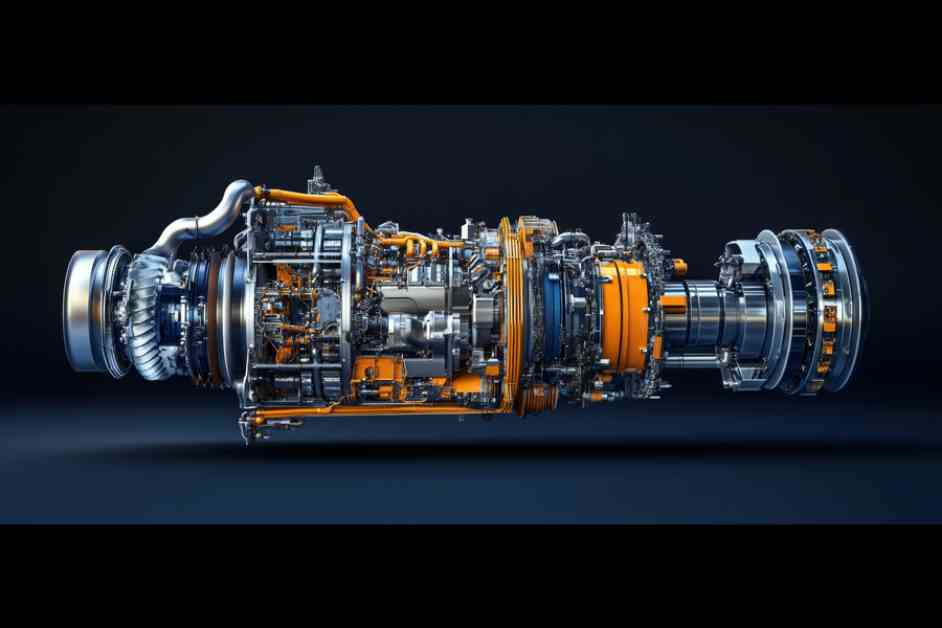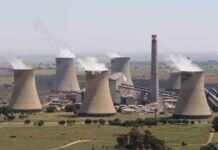Business Growth Strategies for Small Modular Reactors
Complex projects always come with a learning curve. For Small Modular Reactors (SMRs), this curve must involve a strategic sequence that leverages the necessary skills, people, and supply chain on a full-time basis. The challenge lies in assembling the right team, especially considering the time that has passed and the scattered nature of the workforce from previous projects like Vogtle.
The Build Rate Dilemma
When it comes to SMRs, the big question revolves around build rates. Are we talking about the rapid production rates seen in military aircraft or submarines? The numbers speak for themselves—military aircraft can range from 12 to 150 units per year, while submarines see a much lower rate of around 0.5 units annually. The key to determining the build rate and its implications on cost for SMRs lies in the design itself. Efficiency is paramount in utilizing both human resources and machinery to keep factory costs to a minimum. Additionally, having a solid order book that guarantees a backlog of several months to several years is crucial for sustained production.
The Biden administration’s ambitious call for 150 gigawatts of new nuclear power by November 2024 sets a high benchmark for the industry. Translating this goal into smaller SMRs would mean producing anywhere from 500 to 300 megawatt units. Assuming a production rate of 30 units per year per factory (similar to aircraft manufacturing rates), this would equate to roughly 16 to 17 years of efficient production.
Efficiency vs. Bureaucracy: The Balancing Act
While optimizing production rates and costs is one thing, ensuring that bureaucratic processes run smoothly is another challenge altogether. The age-old question remains—can we streamline bureaucracy to operate at its best efficiency? This question does not come with a straightforward answer.
If the technical track aligns seamlessly with bureaucratic support, we could potentially witness groundbreaking advancements similar to what SpaceX has accomplished in the realm of space launches. However, if bureaucratic red tape hinders the production process, SMRs may become too costly to build. The delicate balance between efficient production and bureaucratic hurdles will ultimately determine the feasibility of SMRs.
Unlimited litigation poses yet another obstacle to the growth of the nuclear industry as a whole. Without clear guidelines and limitations on legal challenges, the future of SMRs—and nuclear energy in general—may be at risk. The fate of the industry, including electric transmission, wind farm siting, solar PV development, and other large-scale infrastructure projects, hinges on the decisions made by Congress.
In conclusion, the path forward for SMRs and the broader energy industry is paved with challenges and opportunities alike. Balancing technical efficiency with bureaucratic hurdles, navigating legal frameworks, and securing long-term production sustainability are all critical factors that will shape the future landscape of nuclear energy. As we look towards a cleaner, more sustainable energy future, the decisions made today will have far-reaching implications for generations to come.














